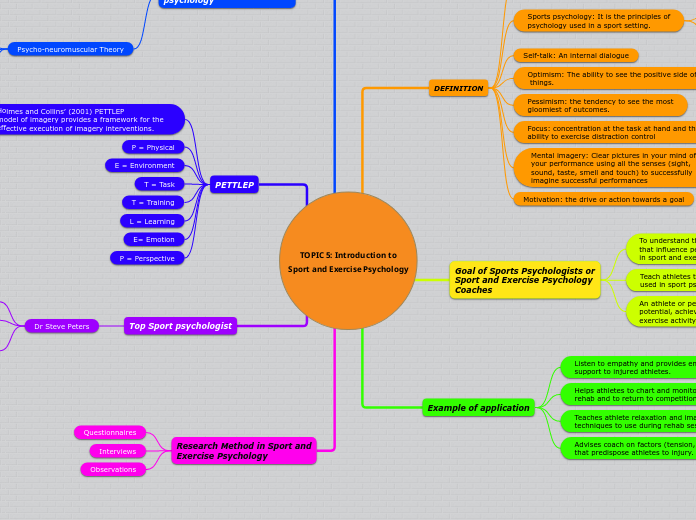av Benjamin Ball 7 år siden
195
w
Whales, dolphins, and porpoises belong to the Order Cetacea, which is divided into two sub-orders: Odontocetes (toothed whales) and Mysticetes (baleen whales). These marine mammals vary significantly in appearance, habitat, and behavior.









